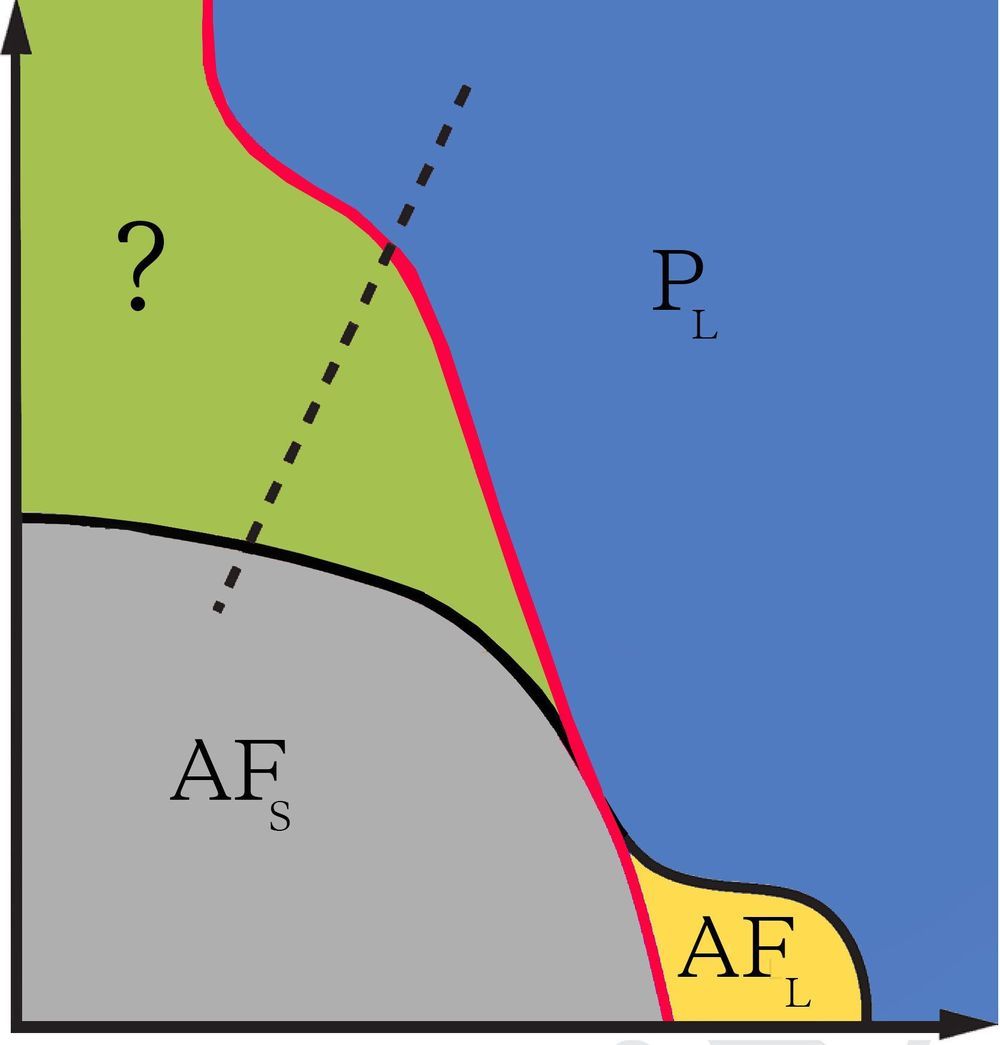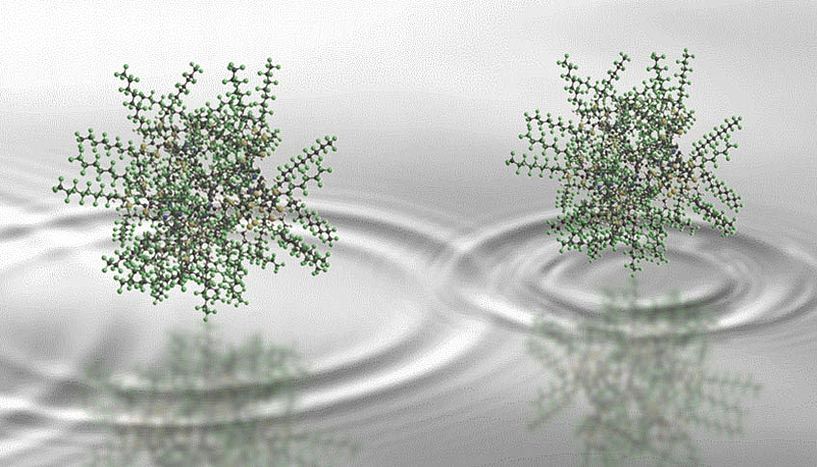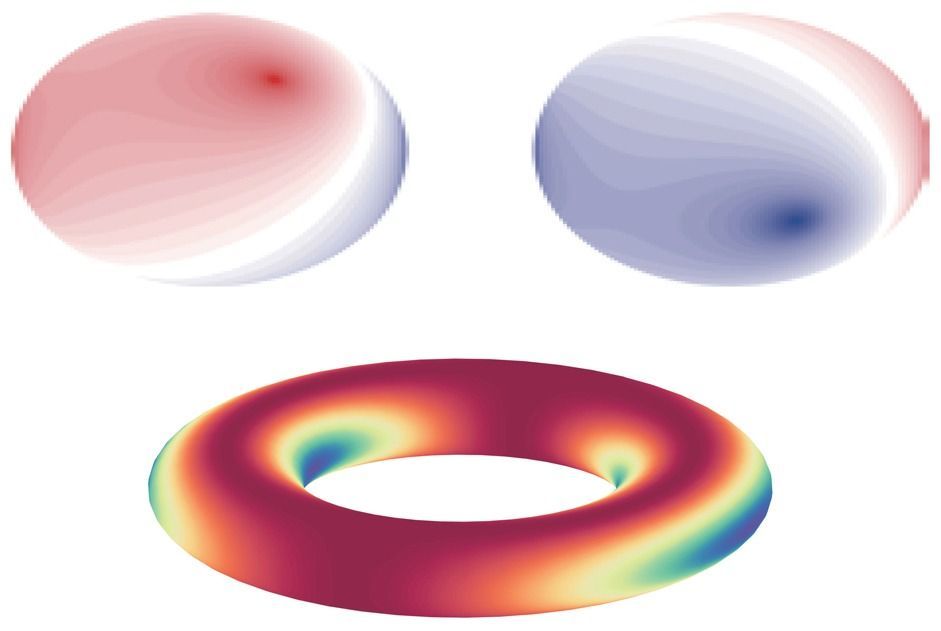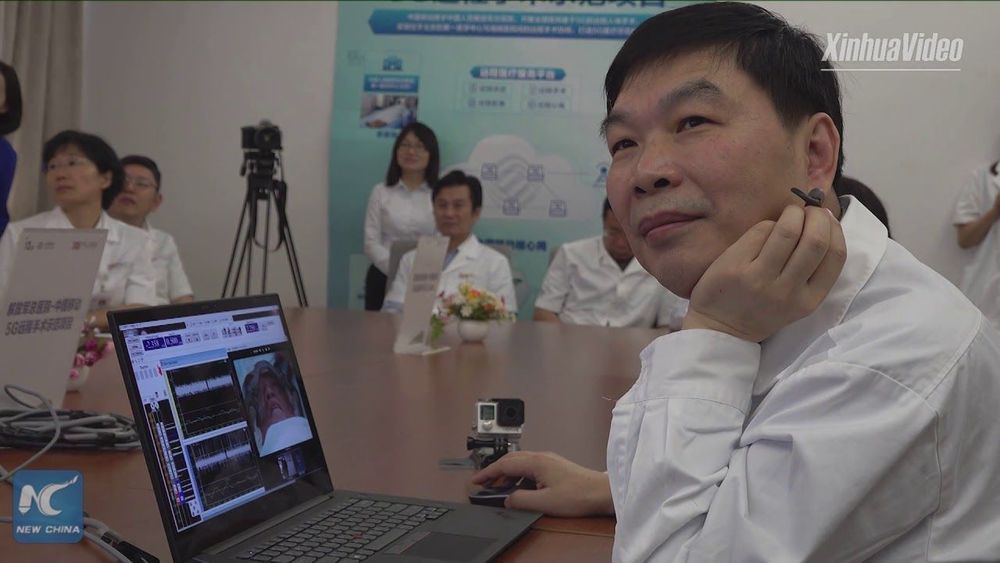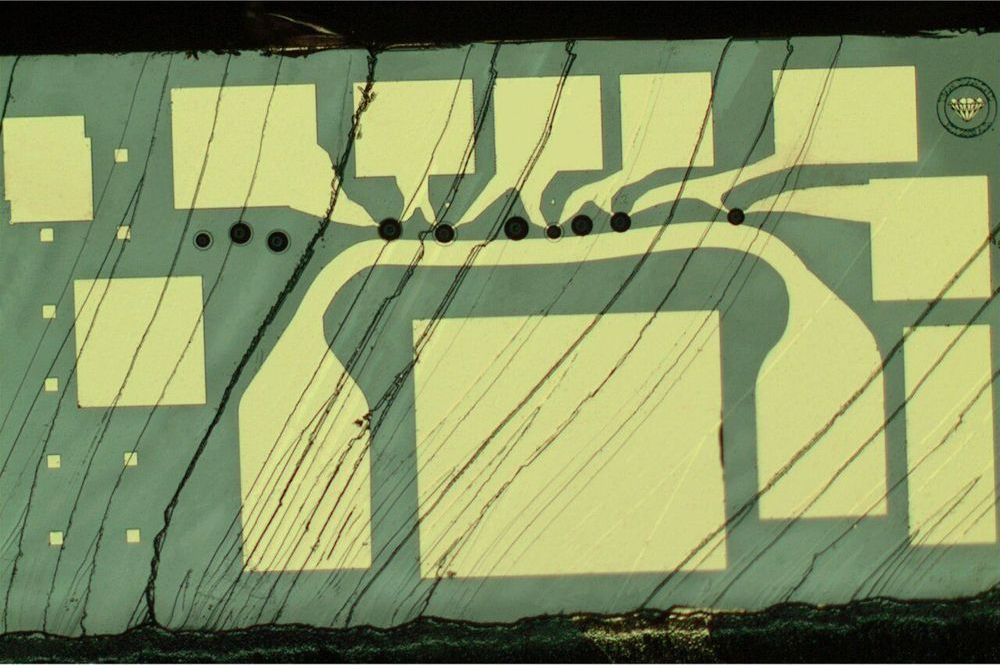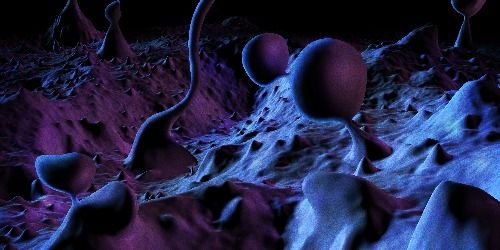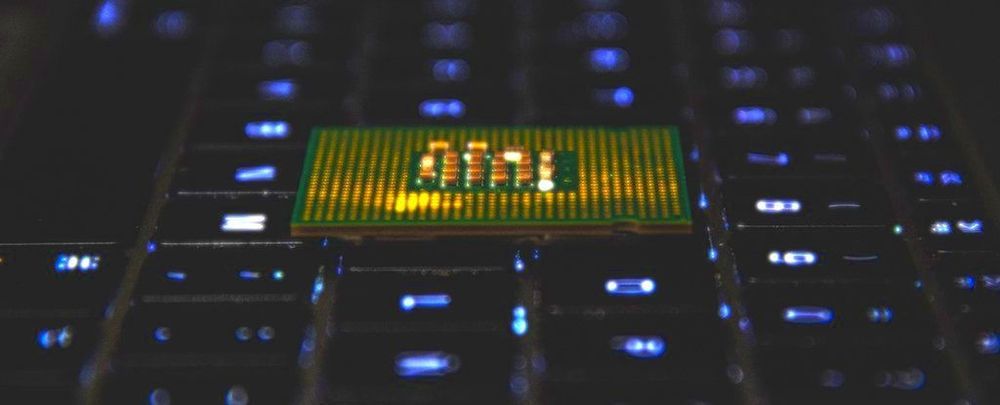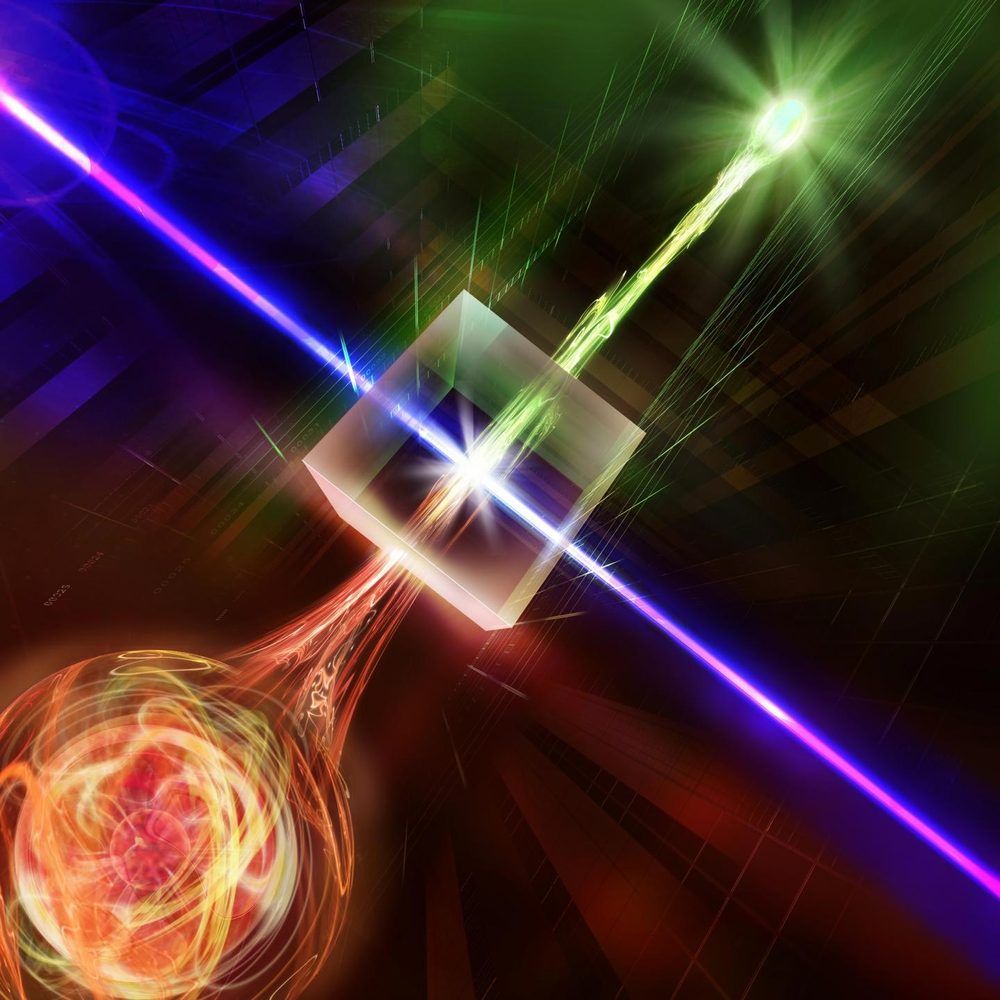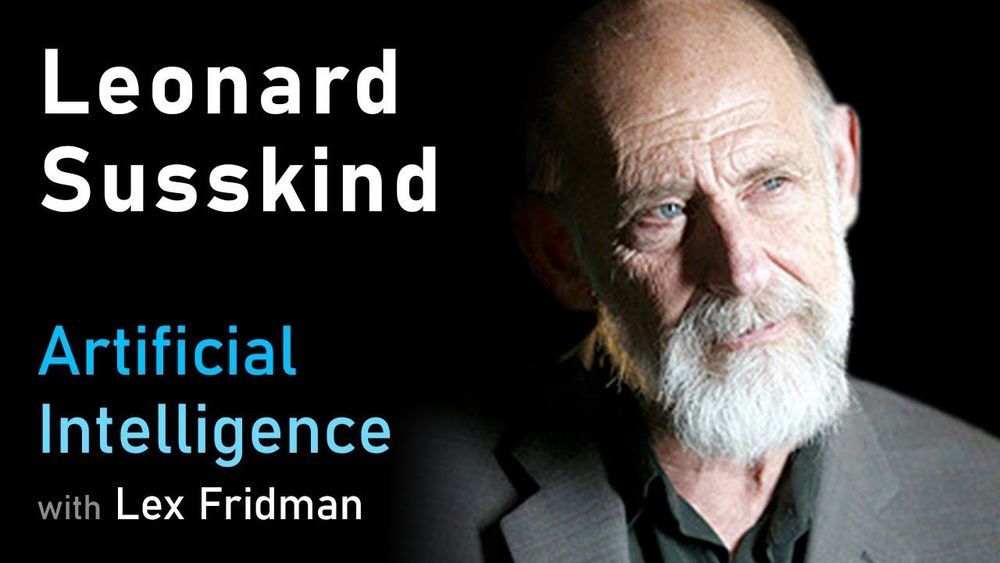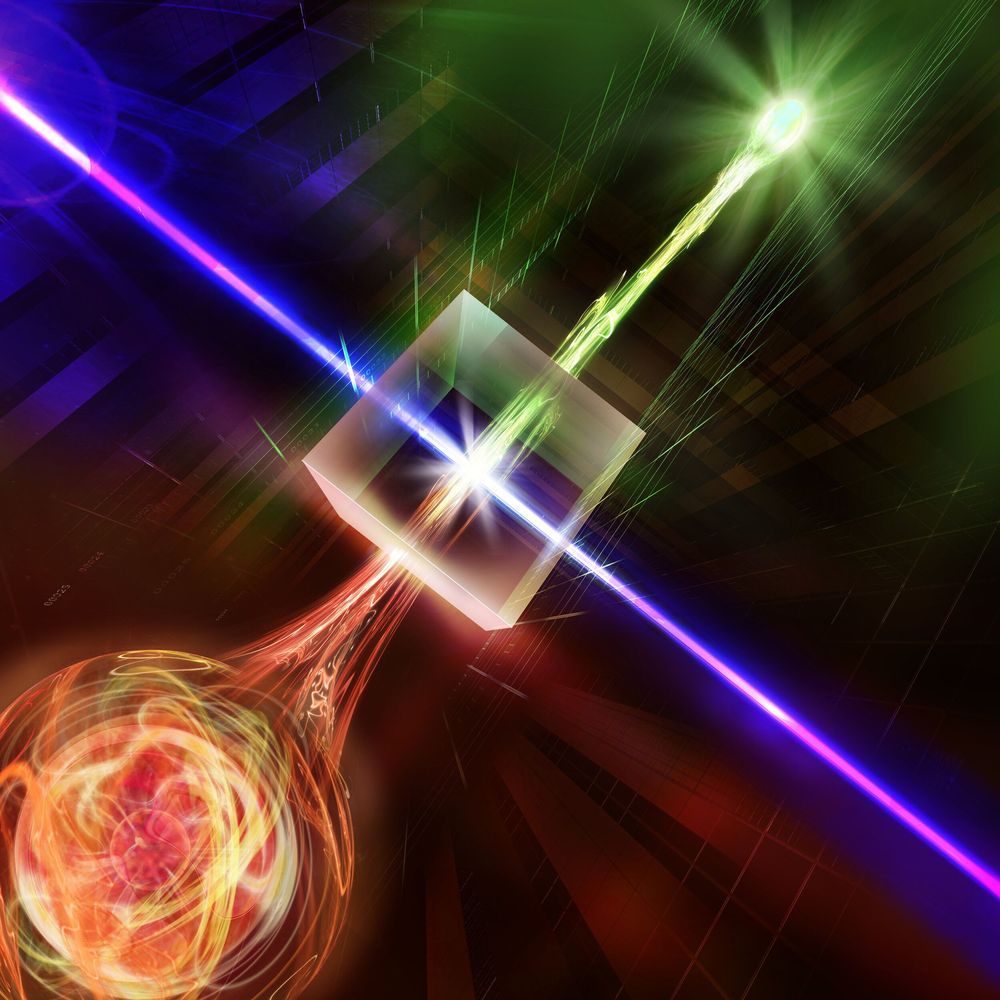Oct 2, 2019
Quantum material goes where none have gone before
Posted by Saúl Morales Rodriguéz in categories: mapping, quantum physics
Rice University physicist Qimiao Si began mapping quantum criticality more than a decade ago, and he’s finally found a traveler that can traverse the final frontier.
The traveler is an alloy of cerium palladium and aluminum, and its journey is described in a study published online this week in Nature Physics by Si, a theoretical physicist and director of the Rice Center for Quantum Materials (RCQM), and colleagues in China, Germany and Japan.
Si’s map is a graph called a phase diagram, a tool that condensed-matter physicists often use to interpret what happens when a material changes phase, as when a solid block of ice melts into liquid water.
